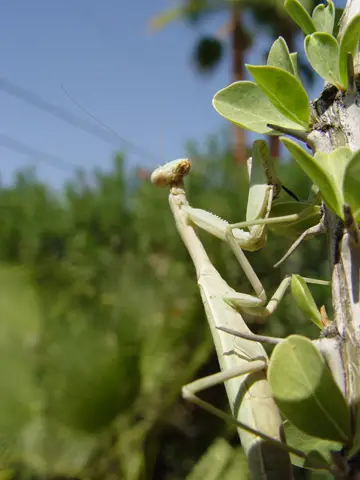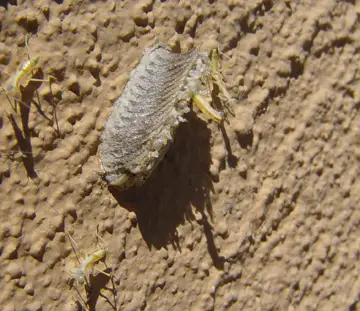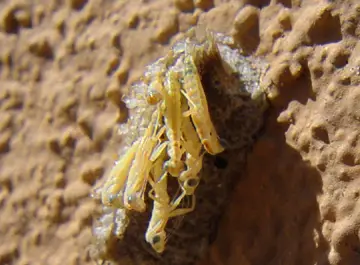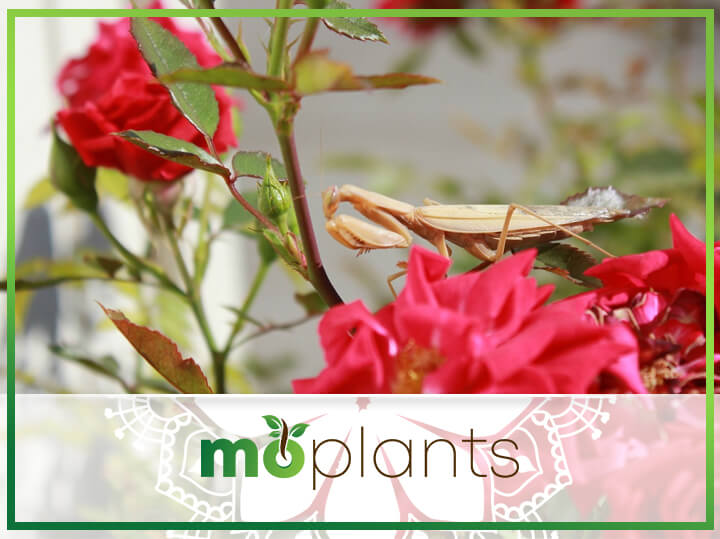
Praying mantis are the gardener’s best friend. They feed on the pest insects that damage our plants in the summer. In early spring the egg cases laid the year before are vulnerable to our winter’s end clean up in the garden. So keep a sharp eye out because you don’t want to lose these natural pest controls that keep your garden in perfect ecological balance.
Though frightening to look at, the adult praying mantis is a harmless beneficial. They travel from plant to plant consuming pesky aphids, damaging caterpillars and many other problem pests. With a good population of them in your organic garden, they keep the ecological balance of predator to prey. But without them you’re vulnerable to explosions of pest populations called infestations, which cause serious damage to ornamentals and food crops.

If you find an egg case on a stick or board, save it in a protected sunny place in your garden until weather warms and the nymphs hatch out. Then discard it.
The mantis egg case is often found on bark, twigs, fences and masonry. The case sticks fast to the surface and is hard, like a fingernail. When temperatures rise high enough the near microscopic nymphs inside begin the hatch out. Nymphs are miniature versions of the adult insect.

Each nymph will begin feeding immediately after hatch. They’ll go after microscopic pests such as spider mites that cluster on the undersides of leaves to suck away their vital juices. This single egg case may produce a dozen nymphs or more to inhabit the summer garden.
If you don’t have praying mantis in your garden, you can order egg cases online to create a new population at The Beneficial Insect Co: http://www.thebeneficialinsectco.com/praying-mantis.htm


